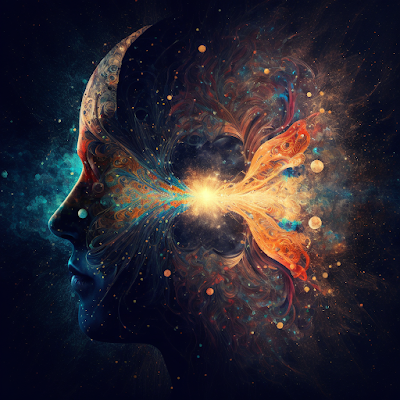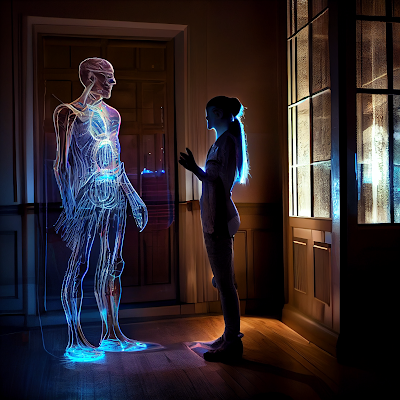The Dark Energy Mystery: What is it and What is its Role in the Universe?
Introduction
Dark energy
is a hypothetical form of energy that is believed to exist throughout space and
is responsible for the accelerating expansion of the universe. Despite the fact
that dark energy is difficult to detect directly, scientists have inferred its
existence through observations of the large-scale structure of the universe and
the behavior of distant supernovae. In this blog post, we will discuss the
concept of dark energy, its popular theories, and ongoing experiments and
observations to learn more about its properties.
The Concept of Dark Energy
The concept
of dark energy was first proposed in the late 1990s when astronomers discovered
that the universe was not only expanding but also accelerating in its
expansion. This was an unexpected finding as it had been assumed that the
expansion of the universe would be slowing down due to the mutual gravitational
attraction of all the matter in the universe. The only explanation for this
acceleration was the presence of a form of energy that was pushing the universe
apart, rather than pulling it together. This energy was dubbed "dark energy."
Popular Theories to Explain Dark
Energy
The most
popular theories to explain dark energy are the cosmological constant and the
theory of quintessence. The cosmological constant was first proposed by Albert
Einstein in 1917 to explain why the universe appeared to be static. The theory
proposes that the energy density of the vacuum of space is non-zero and
positive, which is responsible for the accelerating expansion of the universe.
The theory of quintessence proposes that dark energy is a new form of matter made
up of a new type of field that permeates all of space. This field is thought to
have negative pressure, causing the universe's expansion to accelerate.
Ongoing Experiments and Observations
Scientists
are using ongoing experiments and observations to learn more about dark energy
and its properties. The Dark Energy Survey (DES) is a collaboration of
scientists from around the world that uses a powerful camera mounted on a
telescope to survey a large portion of the southern sky. The goal of the survey
is to map the distribution of galaxy clusters and study the large-scale
structure of the universe. This will help scientists better understand the
properties of dark energy and its effects on the universe.
The Euclid
satellite, developed by the European Space Agency, is a space-based telescope
that will be able to study the large-scale structure of the universe and the
distribution of galaxy clusters with greater precision than ever before. It
will also be able to study the properties of dark energy by observing the faint
glow of distant galaxies and the distortions caused by the gravitational
lensing effect of large galaxy clusters.
Conclusion
In
conclusion, dark energy is a mysterious form of energy thought to permeate all
of space and is responsible for the accelerating expansion of the universe.
Although scientists have inferred its existence, dark energy's true nature
remains a mystery. However, ongoing experiments and observations such as the
Dark Energy Survey and the Euclid satellite will help us learn more about dark
energy and its properties. Understanding the nature of dark energy is one of
the most important and challenging problems in modern physics and cosmology,
and the quest to unlock its secrets will likely continue for many years to
come.













Comments
Post a Comment